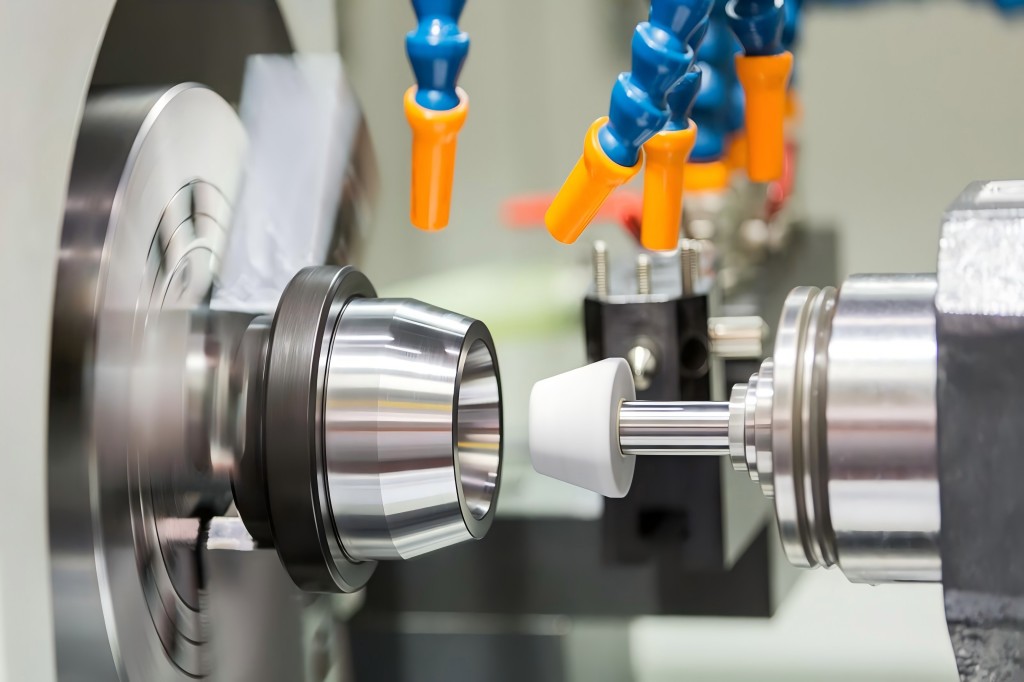CNC grinding’s ability to handle various materials and produce complex geometries has made it essential in industries like aerospace, automotive, medical devices, and tool making.
CNC grinding is used to shape and finish materials to exact dimensions and is especially crucial in high-volume production settings where accuracy and efficiency are key.
In this comprehensive guide, we’ll explore what CNC grinding is, its benefits, the types of CNC grinders available, and more.
What is CNC Grinding?
CNC grinding is a machining method where a computer-controlled abrasive wheel is used to precisely remove material from a workpiece, achieving a specific shape or surface finish.
CNC technology automates the grinding process, ensuring precision, repeatability, and efficiency. By using a pre-programmed design, CNC grinders can work on complex shapes and tight tolerances, achieving fine finishes on various materials.
Grinding is commonly used to finish parts to achieve dimensional accuracy, but our CNC grinding service also enables complex shapes and contours that are difficult or impossible to achieve with manual methods. The use of CNC technology allows for high-speed grinding with minimal human intervention, improving both production rates and quality.
Benefits of CNC Grinding
CNC grinding offers several advantages over conventional grinding and other machining processes:
- Precision: CNC grinding machines provide exceptional accuracy, often achieving tolerances within microns. For products that need to have precise tolerances, like automotive and aerospace components, this precision is essential.
- Consistency: Because CNC machines are automated, they can reliably create similar parts throughout lengthy manufacturing runs. This repeatability ensures that every part meets the same high standards.
- Efficiency: CNC grinders can operate continuously with minimal downtime, increasing production efficiency. Increased productivity is a result of precise setups, higher speeds, and automated tool changes.
- Versatility: CNC grinding is applicable to a broad spectrum of materials, including ceramics, composites, and metals like stainless steel and aluminum. The process is adaptable to various shapes, sizes, and geometries.
- Reduced Labor Costs: CNC grinding reduces the need for manual labor, as machines can operate with minimal oversight once programmed. This lessens the possibility of human error as well.
General CNC Grinder Types
General-purpose CNC grinders come in a variety of varieties, each intended for a particular need. The most popular kinds of CNC grinders are listed below:
Tool & Cutter Grinder

Drills, end mills, and lathe tools are examples of cutting tools that can be sharpened and resharpened using tools and cutter grinders. These devices are vital to the manufacturing and metalworking sectors in order to sustain tool performance.
The tool & cutter grinders are used for sharpening and shaping cutting tools for various applications in the manufacturing, aerospace, and automotive industries.
Surface Grinder
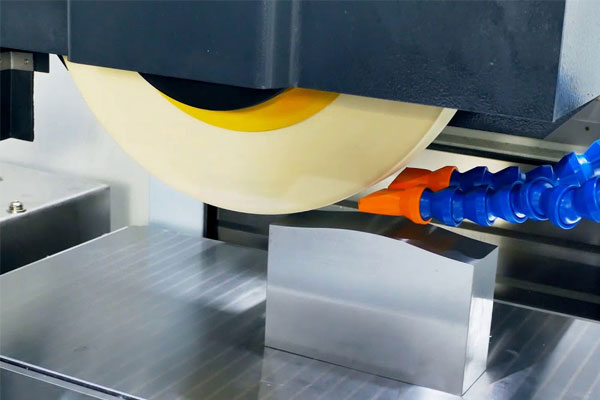
Surface grinders are used to produce flat, smooth surfaces by grinding down a workpiece placed on a horizontal surface. The grinding wheel moves back and forth, creating a fine finish and achieving precise dimensions.
Surface grinding is frequently employed in sectors where precise surface finishes are essential, such as the automotive and mold-making industries.
Cylindrical Grinder
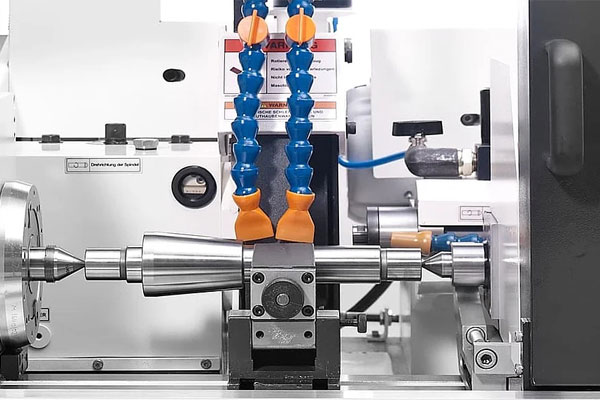
The exterior and internal surfaces of cylindrical objects are ground using cylindrical grinders. They are frequently used to make precision parts like shafts, axles, and spindles in the automotive and aerospace industries.
Grinding cylindrical surfaces to achieve smooth finishes and precise dimensions for components like crankshafts and gear shafts.
Centerless Grinder
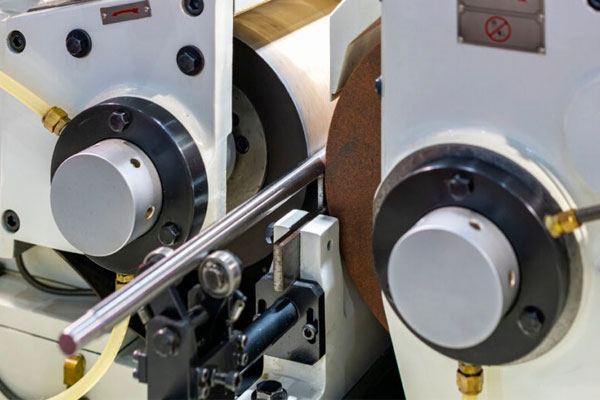
Using two revolving wheels – a grinding wheel and a regulating wheel to support the workpiece is how centerless grinders operate. Without fixing the components between centers, this configuration enables continuous grinding of cylindrical parts.
The centerless grinders are mainly used for high-volume production of small cylindrical parts, such as pins, tubes, and bearings, used in industries like automotive, aerospace, and medical devices.
Specific Purposes CNC Grinders
In addition to general-purpose grinders, there are specialized CNC grinders designed for specific tasks. These machines are engineered to handle unique grinding operations required in various industries.
Gear Grinder
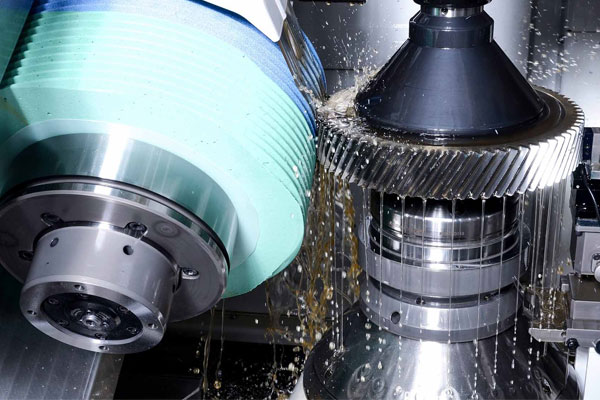
Gear grinders are used to precisely grind the teeth of gears. The process ensures smooth and efficient gear meshing, which is critical for the operation of machinery, automotive transmissions, and industrial equipment.
Thread Grinder
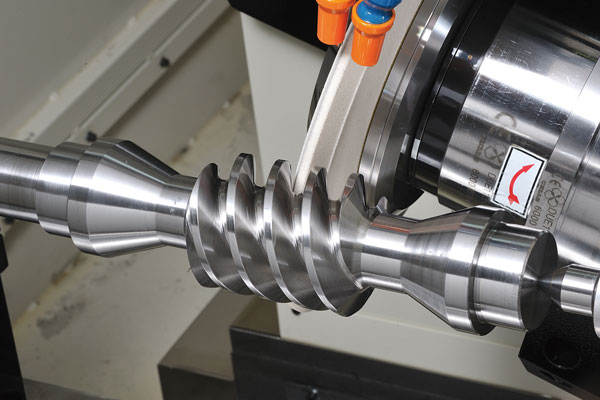
Thread grinders are specialized machines used to grind the threads of components such as screws, bolts, and lead screws. These grinders achieve precise thread geometries, which are essential for parts that require specific threading for proper function.
Crankshaft Grinder
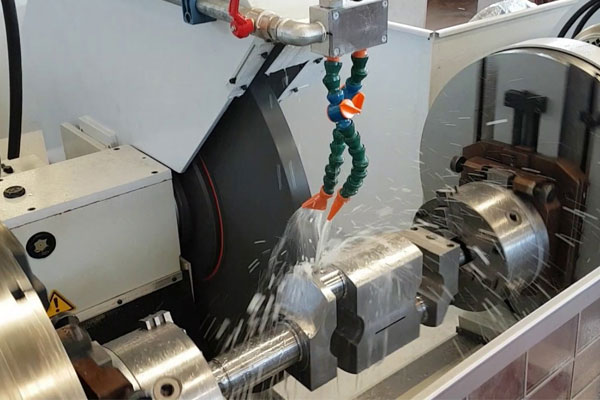
Crankshaft grinders are designed to grind crankshafts, which are a crucial component in internal combustion engines. The grinding process ensures that the crankshaft can rotate smoothly, reducing engine friction and wear.
Camshaft Grinder
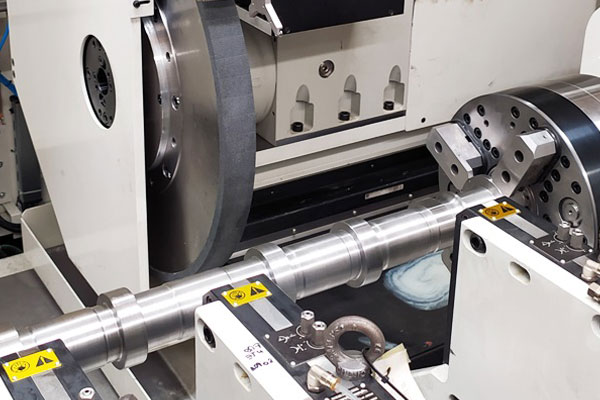
Camshaft grinders are used to grind camshafts, another essential engine component responsible for controlling valve timing in internal combustion engines. Precision grinding of camshafts ensures optimal engine performance.
Understanding the CNC Grinding Process
The CNC grinding process involves several key steps that ensure precision, accuracy, and quality in the final product. An outline of the common steps in a CNC grinding operation is provided below:
Design
The initial phase involves generating a comprehensive design of the part with the help of CAD (Computer-Aided Design) software. This design includes the exact specifications, dimensions, and tolerances required for the final product.
Programming
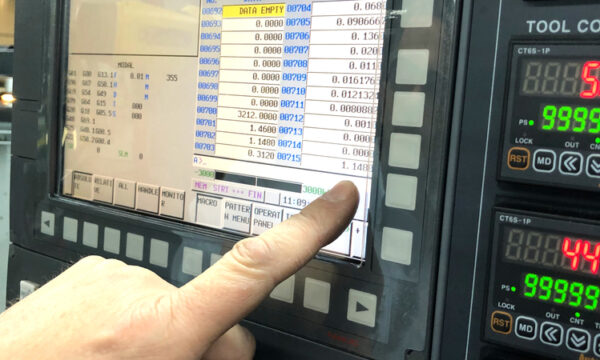
Once finished, CAM (Computer-Aided Manufacturing) software is used to turn the design into a CNC program. The CNC program contains instructions that control the movements of the grinding machine, such as the speed of the grinding wheel, the depth of cut, and the paths the tool will follow.
Machine Setup
Before grinding begins, the grinding wheel, workpiece, and fixtures are carefully selected and installed. Proper calibration of the CNC machine is essential to ensure that it will follow the programmed instructions with high precision. The right choice of abrasive, grinding speed, and cooling methods is critical to achieving the desired results.
Grinding
During the grinding operation, the CNC grinder uses the programmed instructions to remove material from the workpiece. This could take a few passes, with each pass removing a tiny bit of material until the required surface finish and dimensions are reached. The precision of CNC grinding allows for fine control of the grinding wheel, resulting in high accuracy and a smooth finish.
Finishing and Inspection
To make sure the part satisfies the necessary tolerances and specifications, it is usually tested using precision measuring tools after the grinding operation. This may include checking dimensions, surface finish, and overall part quality. If necessary, further grinding may be performed to make adjustments.
Post-Processing
In some cases, additional post-processing steps are required to enhance the part’s quality and functionality. Post-processing may include polishing, deburring, coating, or other finishing processes to improve the part’s appearance or performance. Polishing can help achieve a mirror-like finish, while deburring removes sharp edges or residual material left over from the grinding process. The part may also be coated or plated to prevent wear and corrosion.
By following these steps, CNC grinding ensures that the final product meets the exact specifications and quality requirements, delivering precision and reliability for a wide range of applications. The addition of post-processing ensures that the part is ready for its intended use, offering enhanced durability, aesthetics, and performance where necessary.
What Kind of Materials Are Suitable for CNC Grinding?
CNC grinding is an adaptable process that can be utilized on many different types of materials. Below are some of the most common materials used in CNC grinding:
Aluminum
Aluminum is lightweight, corrosion-resistant, and easy to machine, making it a popular material for CNC grinding. It’s commonly used in automotive and aerospace industries for components that require precise finishes.
Stainless Steel (SS)
The strength, toughness, and resistance to corrosion of stainless steel are well-known. CNC grinding is often used to achieve fine finishes and tight tolerances for medical devices, food processing equipment, and aerospace parts.
Brass
Brass, an alloy of copper and zinc, is malleable and has excellent corrosion resistance. It is frequently ground to produce polished finishes for decorative pieces, electrical parts, and plumbing fixtures.
Ceramic
Ceramic materials are fragile and challenging to manufacture with conventional techniques. CNC grinding allows for the precise shaping and finishing of ceramic components used in applications such as medical implants and cutting tools.
Composites
Fiberglass and carbon fiber are examples of composite materials that are robust and lightweight. CNC grinding is used to shape composite parts for industries such as aerospace, sporting goods, and automotive.
Glass
CNC grinding can be used to achieve smooth, precise edges on glass components, such as lenses, screens, and optical devices.
Wood
While not commonly associated with grinding, certain woodworking applications benefit from CNC grinding for shaping and finishing tasks, such as creating smooth, contoured surfaces.
Plastics
CNC grinding is effective for shaping and finishing various plastics, including acrylic, PVC, and polycarbonate, which are used in medical devices, packaging, and electronics.
Which Materials Are Not Suitable for CNC Grinding?
Not all materials are suitable for CNC grinding, either due to their physical properties or the risks they pose during the grinding process. Below are some materials that cannot or should not be worked on with CNC grinding:
Rubber
Rubber is too flexible for abrasive grinding, and its elasticity causes it to deform under pressure. Additionally, it tends to clog the grinding wheel, leading to poor results and damage to the machine.
Soft Plastics
Some soft plastics, such as elastomers, tend to melt or deform due to the heat generated during the grinding process. This results in an uneven finish and can damage the workpiece or the machine.
Highly Elastic Materials
Materials with high elasticity, such as some foams and certain synthetic materials, are difficult to grind as they tend to deform under the abrasive force of the grinding wheel, leading to inaccurate results.
Hazardous Materials
Materials that are chemically reactive, flammable, or emit toxic fumes during grinding should not be used in CNC grinding. Examples include certain reactive metals like magnesium, which pose fire or explosion risks. Grinding these materials generates heat, sparks, or dust that can cause safety hazards in the workspace.
Highly Reflective Materials
Highly reflective materials, such as polished metals like mirrors or polished aluminum, can cause issues during the grinding process. Reflective surfaces create challenges for sensors or CNC vision systems, and they can reflect heat unevenly, leading to defects in the final surface finish.
CNC Grinding vs. Conventional Grinding
CNC grinding and conventional grinding differ in terms of automation, precision, and flexibility. The comparative table that follows identifies the main variations:
| Feature | CNC Grinding | Conventional Grinding |
| Automation | Fully automated, requires minimal human input | Mostly manual or semi-automated |
| Precision | Extremely high precision, within microns | Precision depends on operator’s skill |
| Flexibility | Can handle complex geometries and multiple setups | Limited to simpler shapes and fewer setups |
| Consistency | High repeatability, consistent results | Results may vary due to manual intervention |
| Setup Time | Longer setup due to programming and tool changes | Faster setup, especially for simple jobs |
| Cost | Higher initial cost, lower labor costs | Lower machine cost, but higher labor costs |
| Production Speed | Faster for large-volume production | Suitable for low-volume or one-off jobs |
| Applications | Ideal for high-precision, high-complexity parts | Better for simple, low-complexity tasks |

